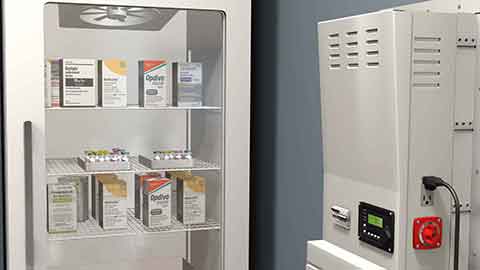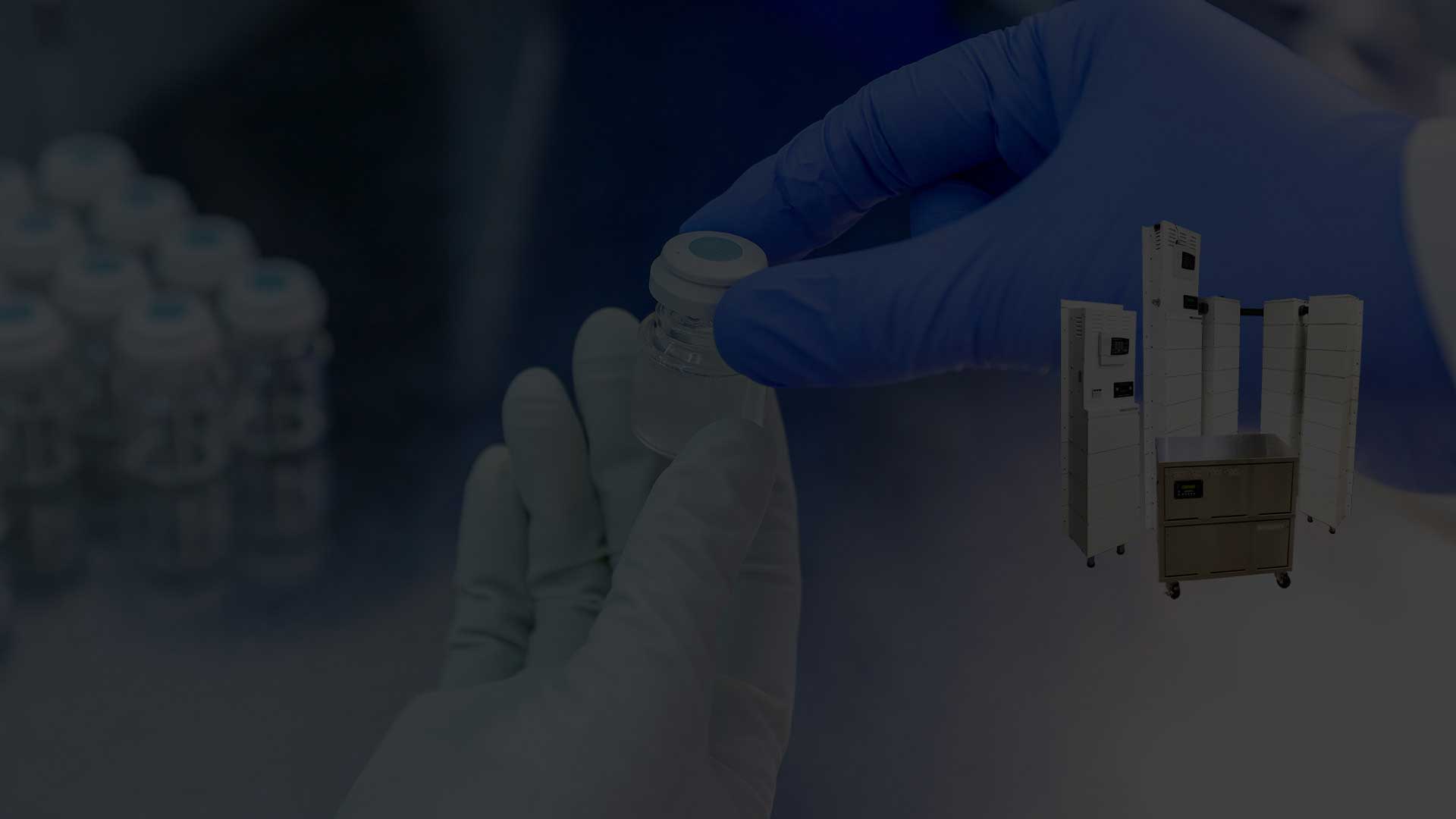Bought New Equipment? Here's How to Make Sure Your Backup Power System Can Still Handle It
Adding new equipment to your facility is usually a positive sign. It might mean your business is growing, you're modernizing your infrastructure, or you're simply upgrading to more efficient technology. Whatever the case, bringing in new machines, devices, or tools is a step forward.
But here’s a common oversight: many organizations forget to reassess whether their backup power system can still support everything once new equipment is added. It's easy to assume that your current UPS, battery bank, or generator will pick up where it left off. But as your power demand increases, that assumption can quietly become a liability.
“UPS systems can be overloaded, and cause critical failure, if the appliances being backed up require more power than the UPS system can provide,” says AJ Tuccinardi, Head Engineer at Medi-Products. “This can sometimes happen when old equipment is replaced with a newer counterpart, or if additional equipment is added on to the UPS system, increasing the power demand on the system.”
So before a sudden power outage catches you off guard, here’s how to make sure your backup system is still up to the task.
Take Stock of the New Equipment’s Power Requirements
First, get familiar with the power needs of the new equipment. Pretty much all devices have a power rating listed somewhere in their documentation or directly on the equipment itself. It’s usually expressed in watts (W) or amps (A), and it gives you a baseline for how much electricity the device consumes during regular use.
Some equipment, like motors, pumps, or refrigeration units, can also draw a surge of power at startup—up to two or three times their normal operating load. That brief spike can be enough to overload a backup system that’s already close to capacity.
Once you’ve noted the power needs of the new equipment, add them to the existing load that your backup power system supports. This will give you a clear picture of your updated total power demand.
Compare It to What Your Backup System Can Deliver
With your new equipment total electrical load now available, the next step is to compare it to what your backup system can realistically handle. If you’re using a UPS or battery system, this number would commonly be listed in kW or kVA.
But, it’s not just about staying under that number—it’s also about how close you are to it. Systems running at or near their limit are more prone to failure, wear out faster, and can experience performance issues when under stress.
Meanwhile, it’s worth checking which devices are prioritized during an outage. Many systems are configured to support only critical equipment during a power loss. If your new devices fall into that “must stay running” category—like medical equipment, lab instruments, or data servers—you might need to rework how your load is distributed across circuits or power sources.
"It is also worth noting that even if the system doesn't overload, any additional connected appliance will increase the power demand, which in turn will shorten the time that the UPS can last during a power outage,” says Tuccinardi. “ For example, if the system was designed to last 2 hours with a specific appliance, it might last only 1 hour with one extra supported equipment."
When in Doubt, Get a Second Opinion
If you’re unsure about any part of this process—or if the math looks a little too close for comfort—it’s smart to ask a power systems expert. They can run a professional load analysis, inspect your current setup, and give you a clear understanding of whether you’re good to go or if an upgrade is in order.
If you bought your system from Medi-Products, you can call them and speak to one of their emergency backup power specialists who would be happy to help you reevaluate your power needs.
In industries with strict compliance standards—like healthcare, financial services, or research—getting expert input isn’t just smart, it’s often necessary to meet operational or legal requirements.
Final Thought: It’s Better to Ask Now Than Panic Later
Your backup system protects you from power outages, but only to the extent it was designed for.
So, if you’ve recently added new equipment, take the time now to make sure your power support systems are still aligned with your needs. It’s a simple step, but one that can save you hours of downtime, prevent damage to sensitive equipment, and offer peace of mind during an unexpected outage.
Growth is good—but only when it’s backed by a system that can support it.
For more information on emergency battery backup power systems, call Medi-Products to speak to one of their power specialists and get a free no-obligation consultation.


